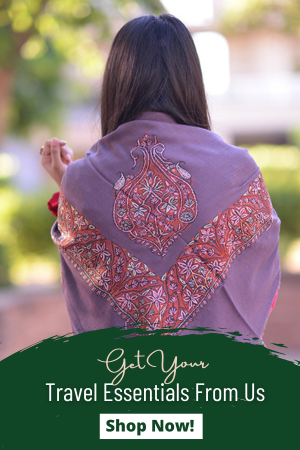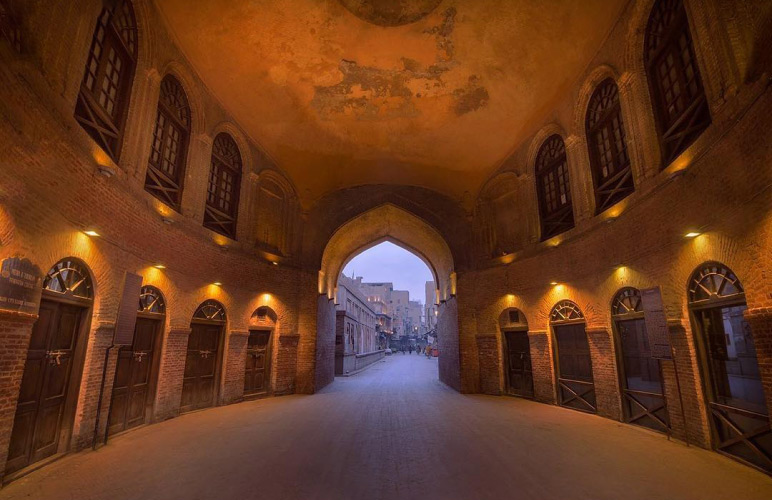Let’s Discover Pakistan with GTP!
Find Valuable Insights to Your Travel Queries Here
FAQs
Pakistanis are known for being warm, forthcoming, and polite people. They are extremely hospitable and respectful of women. A solo female traveler can feel safe to visit Pakistan. In the recent past, many female travelers from across the world have shared their travel experience in Pakistan as one of the best. But it is still recommended to take a guided tour with a reputable travel company to avoid any inconvenience.
Pakistan is a country of extreme contrast when it comes to weather. The best time to visit depends on your interests. From mid-April to the end of October is the best time to visit North Pakistan, Gilgit-Baltistan, Swat, Naran, and Chitral Valleys. For alpine tourism, the best time to visit this area is during the winter. The best season to visit plains in southern Pakistan is Mid October till Mid-May, because this part of the country remains quite pleasant during this time of the year. Summer is not recommended because of extremely hot weather.
Pakistan is no more dangerous than any other tourist destination in the world, and the media has just misrepresented it as dangerous. There is no risk at all. There was no purse snatching, no street crime, or anything unusual about the country. Despite their cultural differences, Pakistanis are extremely friendly and embrace tourists with warmth.
Alpine tourism in the Northern Areas, cultural and archaeological tourist destinations in Taxila, Mohenjodaro, Harappa, and Swat; and historical sites in Lahore, Thatta, and Peshawar are among Pakistan’s many attractions. Pakistan offers a diverse range of tourist attractions, from the mighty Karakorams in the north to the vast alluvial delta of the Indus River in the south.
The best thing about Pakistan is its people’s hospitality, besides the country’s many world-renowned tourist destinations. The concoction of cultural heritage, history, and its diverse landscape is enthralling for avid travelers. Trekking, mountaineering, river rafting, wild boar hunting, mountain and desert jeep safaris, trout fishing, and bird watching are just a few of the activities that draw adventure and nature enthusiasts to Pakistan–apart from all-encompassing hospitality that can be found everywhere.
There are no dress restrictions for visitors, except that you should dress modestly to show respect for the community. Except in the north during the winter months, lightweight cotton clothing is sufficient in Pakistan. While visiting northern Pakistan, you must pack warm clothing as the temperature drops even in summer. When visiting Islamic temples or shrines, it is appreciated if women wear a scarf.
Trekkers and mountaineers are typically physically prepared to walk for longer periods, jumping boulders, crossing streams, and traversing snow. If you’re not one of them, however, you’ll need to be physically fit for trekking to the K-2 base camp, Masherbrum base camp, Snow Lake, or Biafo glacier. The terrain is always rugged, with loose rocks, hills, exposed sides, and stream crossings, and the routes do not always follow trails. However, in each valley in northern Pakistan, you can often find easier treks near major attractions.
If you get sick or injured while trekking, the activity is usually rescheduled but in the worst-case scenario, guides and porters will accompany you back to your base station. If you cannot walk, depending on your location, weather, and altitude, you will be carried by Heli.
The roads are in good shape throughout Pakistan, and the vehicles we provide for traveling on highways and connecting routes between towns are comfortable and air-conditioned. 4×4 vehicles are used on smaller roads leading to trekking sites in the north. These have extended back seats and offer a reasonably comfortable ride on exciting and adventurous routes. Every driver we hire is a reputable professional.
When visiting towns in northern Pakistan, be aware that the locals seldom accept tips. However, you can still make a gracious gesture to the locals. The guide will assist you in determining an acceptable tip amount, as well as when and whom to tip. Porters, drivers, and other trek workers are paid with tips from clients’ pool. A handshake and a sincere “Thank you” must accompany the tips.




